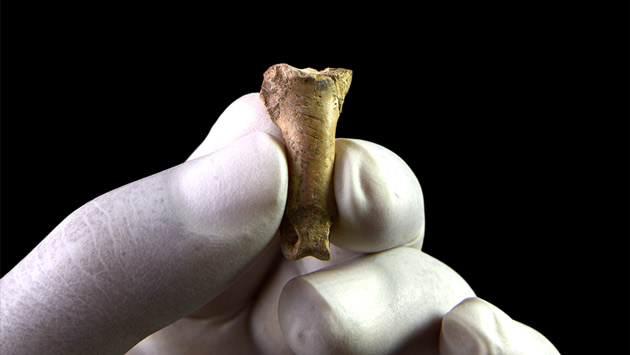A toe bone hints that Neandertals used eagle talons as jewelry
The find supports the idea that the hominids made symbolic ornaments

A toe bone of an ancient imperial eagle suggests that around 39,000 years ago, Neandertals removed eagle talons and used them as symbolic pendants, researchers say.
Jesus Giraldo Gutierrez/Shutterstock








